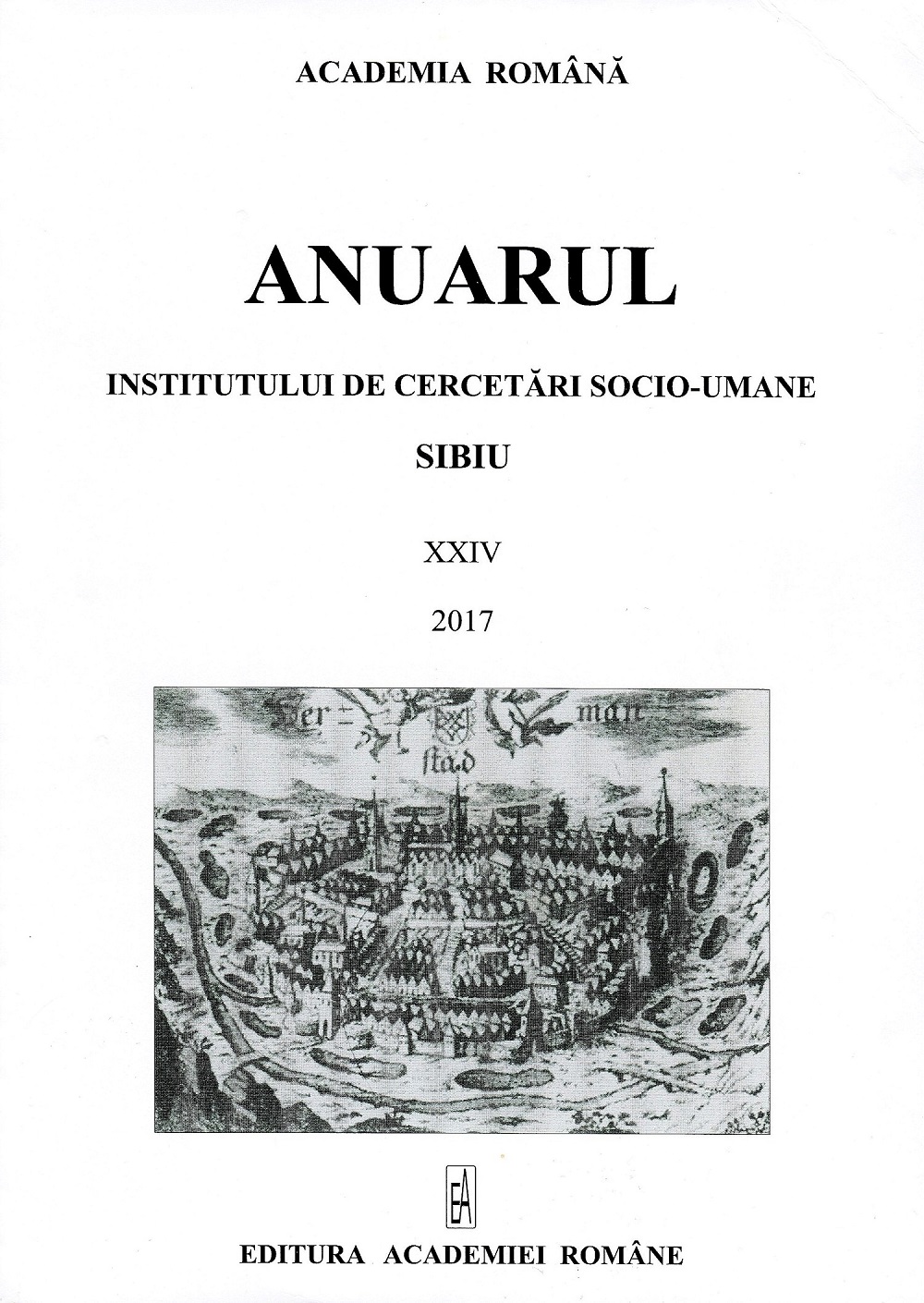Tezaurul Băncii Naţionale a României în perioada 1943–1947
The National Bank of Romania Gold Stock between 1943 and 1947
Author(s): Nadia Manea, Mihaela ToneSubject(s): Economic history, WW II and following years (1940 - 1949)
Published by: Editura Academiei Române
Keywords: National Bank of Romania; gold stock; the Treasury Museum of the National Bank of Romania at the Tismana Monastery; secret mission ”Neptun”;
Summary/Abstract: As the Second World War Eastern front was approaching the Romanian state border, the National Bank of Romania gold treasury (gold stock)required more careful safekeeping. The treasury comprised the metallic coverage of banknotes issued by the National Bank of Romania and had been mostly accumulated in the period between the two World Wars, since the 91.4 tons of gold transported to Moscow in 1916 had never returned to Romania. The idea of saving the gold stock dates back to 1943, when the NBR started to prepare for the evacuation of its premises from the Eastern part of the country,including the numismatic collection, the painting collection, and the archive. As far as the gold stock was concerned, several local solutions had been contemplated following the failed negotiation talks with Switzerland and Turkey, also taking into account the presence of German troops within the territory of Romania. After an intensive correspondence between the Government of Romania and the senior representatives of the NBR, the month of July 1944 marked the beginning of operation code name "Neptune", which involved the transport of the NBR gold stock together with 2.7 tons of gold belonging to the Bank Polski (the National Bank of Poland) to the Tismana Monastery for storage in the monastery cellar. The pretext was that the NBR was rebuilding the monastery cells which had been destroyed by a fire. A cave near the monastery was arranged to accommodate 4.086 boxes of gold coins and bullions and the entrance way to the cave was blocked. Nevertheless, the treasury continued to be at high risk of confiscation even after the 23rd of August 1944, when Romania changed sides and started to support the USSR. The cave in Tismana proved to be a great solution for saving the treasury which fully returned to Bucharest in two stages (January 1945 and January – February 1947). In order to raise public awareness on this episode of national history, the NBR Treasury Museum was opened in the Tismana Monastery in July 2016. The Museum was set u pin the cave used as safe haven for the treasury between 1944 and 1947.
Journal: Anuarul Institutului de Cercetări Socio-Umane Sibiu
- Issue Year: XXIV/2017
- Issue No: 24
- Page Range: 65-80
- Page Count: 16
- Language: Romanian
- Content File-PDF

